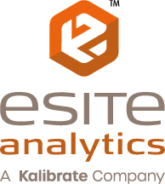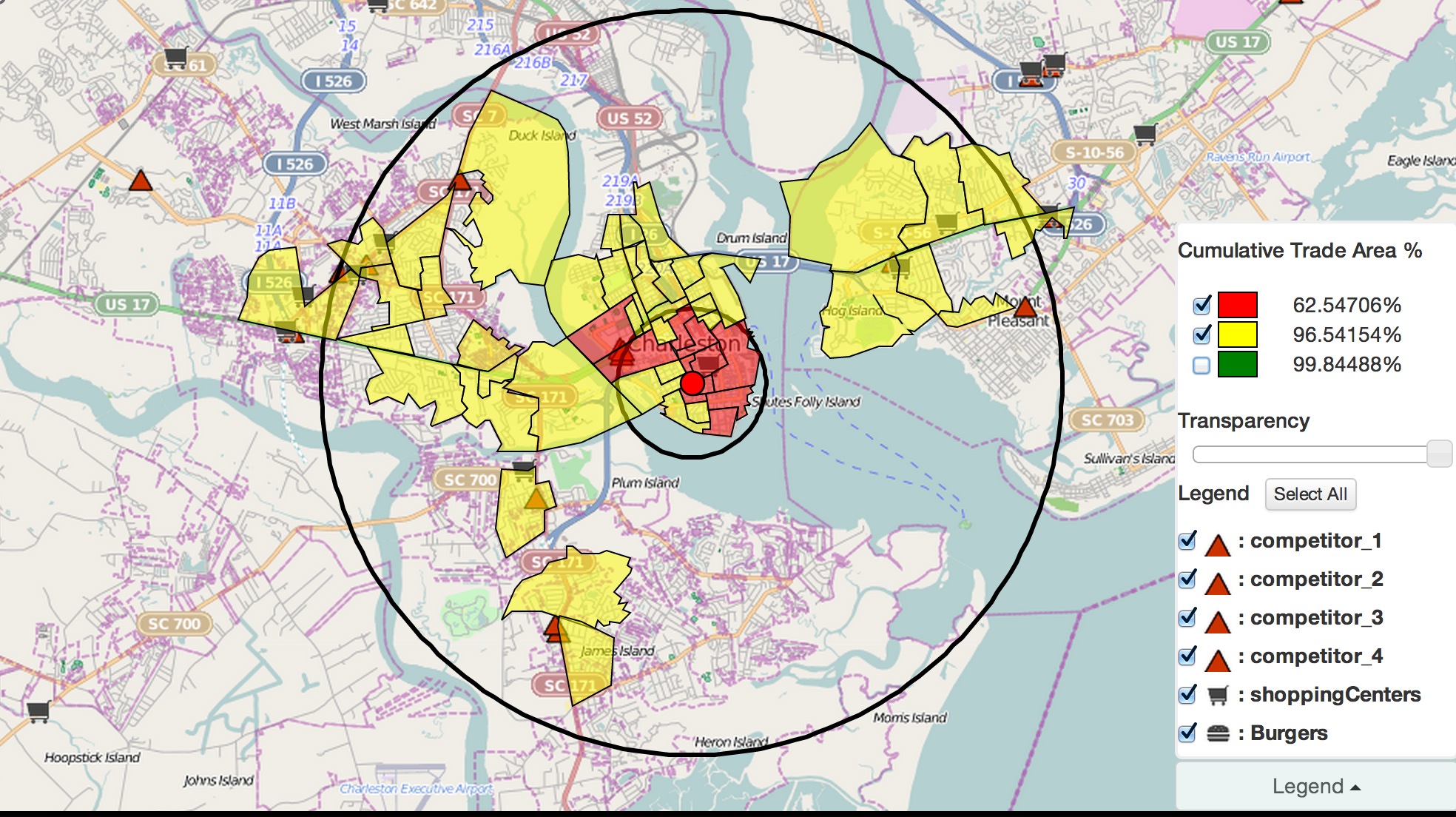The site analytics industry has changed dramatically in recent years. Sales forecasting models used a decade ago wouldn’t fare the same for today’s retailers, restaurants and grocers.
So how do you succeed now?
It’s no longer about following consumer habits as they shift, but rather staying a step ahead of the retail landscape as it evolves. Having the right combination of data, tools and analysis makes this possible.
Today’s experienced analysts have access to detailed customer profiling from sources like Experian and crowd-sourced trip and traffic insights from companies like INRIX. Our clients are no longer limited to radii modeling, drive times and best guesses when finding customers, analyzing competitors or calculating cannibalization.
This is what motivated eSite to build Trip2Trade, and it’s why we’re continually upgrading it to respond to the market of today and tomorrow.
Trip2Trade provides an all-in-one spatial analytics tool that allows users to instantly evaluate any site’s potential with real trip data—one that scales to companies of all sizes and across industries, giving you the critical data on the consumer behavior you need right now!
Here are three of the biggest ways Trip2Trade is changing the way retail real estate teams grow and succeed:
1. Calculating Cannibalization and Sales Forecasts
Before Trip2Trade: Many of the real estate teams we worked with would use company policies and standardized rules to determine when a new site was too close to an existing store.
With Trip2Trade: Companies like Five Guys and Zoe’s Kitchen (plus many others) are breaking away from old policies and using GPS trip data to reveal the true impact of sales transfer and retail cannibalization. Real consumer patterns allow brands to make informed choices about how far they can successfully reach and where they can go.
2. Getting Site-Specific Customer Insights
Before Trip2Trade: Many companies invested heavily in on-the-ground traffic counting and costly customer intercept surveys.
With Trip2Trade: Today you can use Trip2Trade to automate store-specific data analysis at a much more affordable—and precise—rate.
3. Analyzing Trade Areas
Before Trip2Trade: Real estate teams relied on static drive times and radii modeling.
With Trip2Trade: Companies can accurately evaluate true customer movement by time of day and day of week and determine a location’s potential to attract customers based on commuting patterns, seasonal shifts, geographic barriers and more.
Spatial analytics is evolving just like the rest of technology. To succeed today you should always be looking for new ways to access (and analyze) the data you need for making the best real estate decisions possible.
What can you do with 21st century spatial analytics tools? Get in touch to set up a one-on-one demo based on your specific needs.

